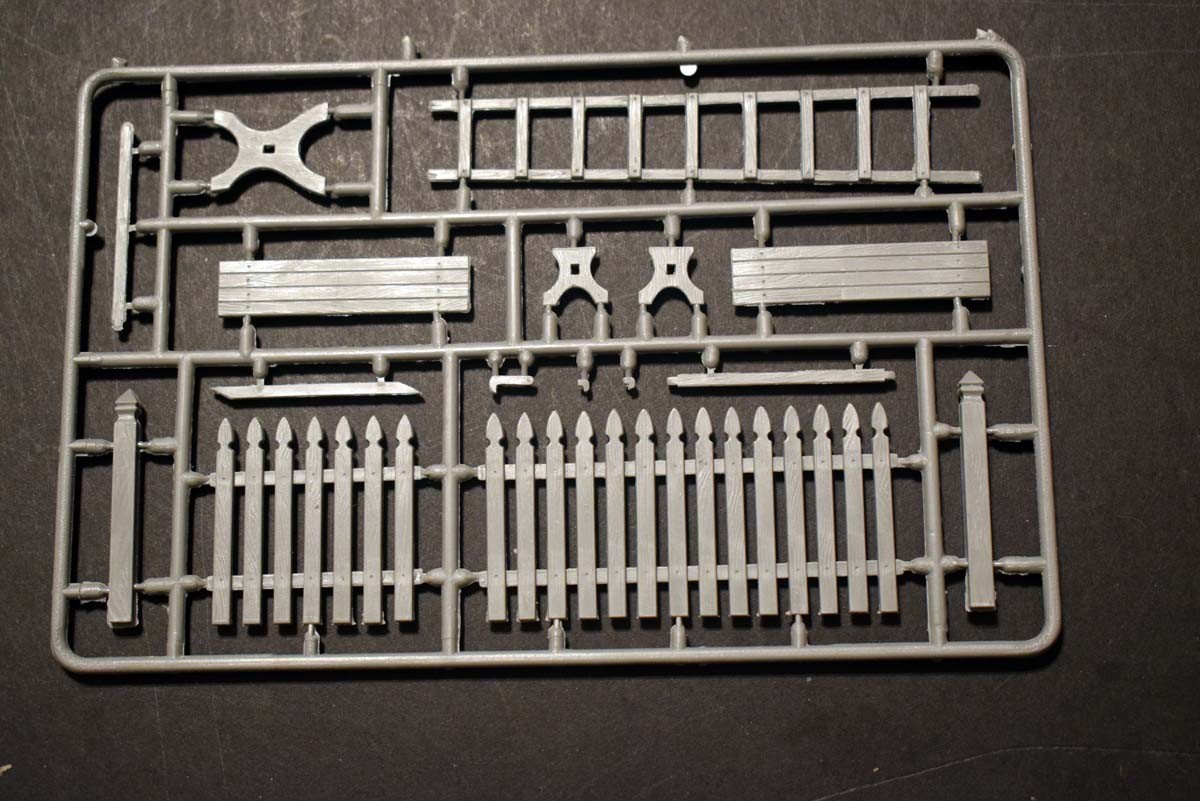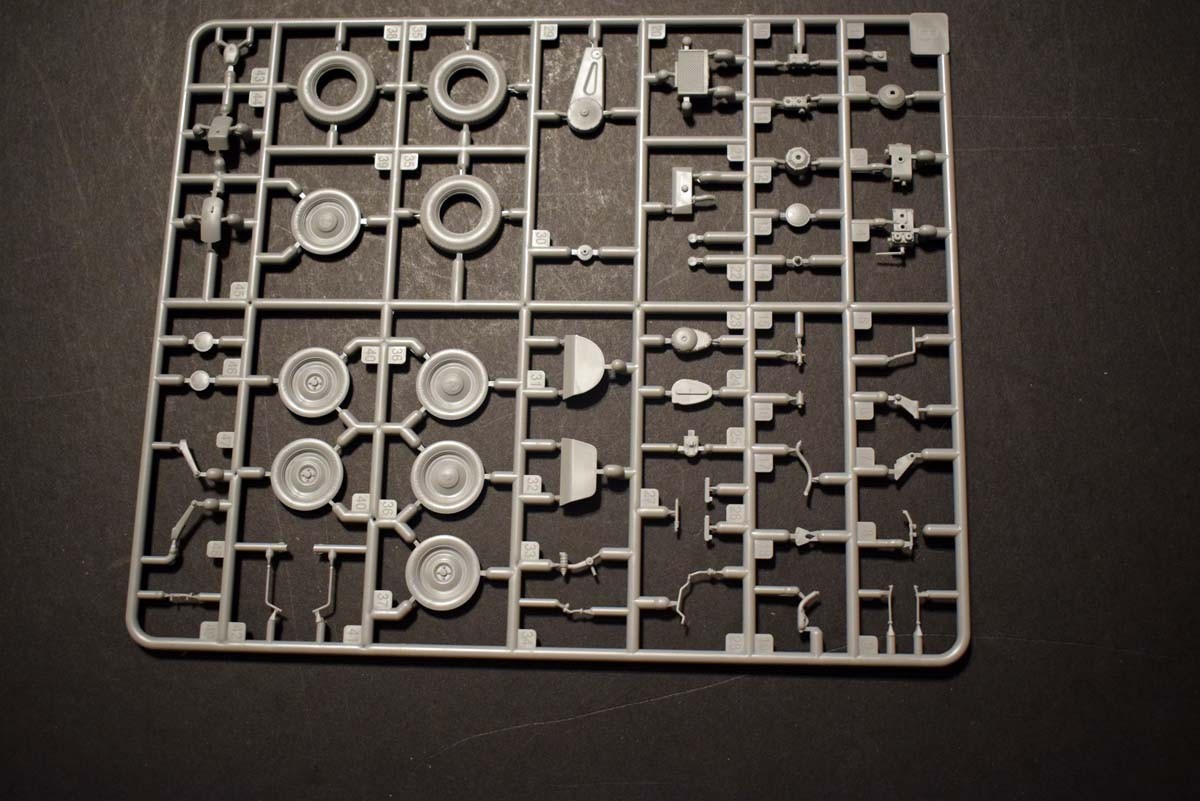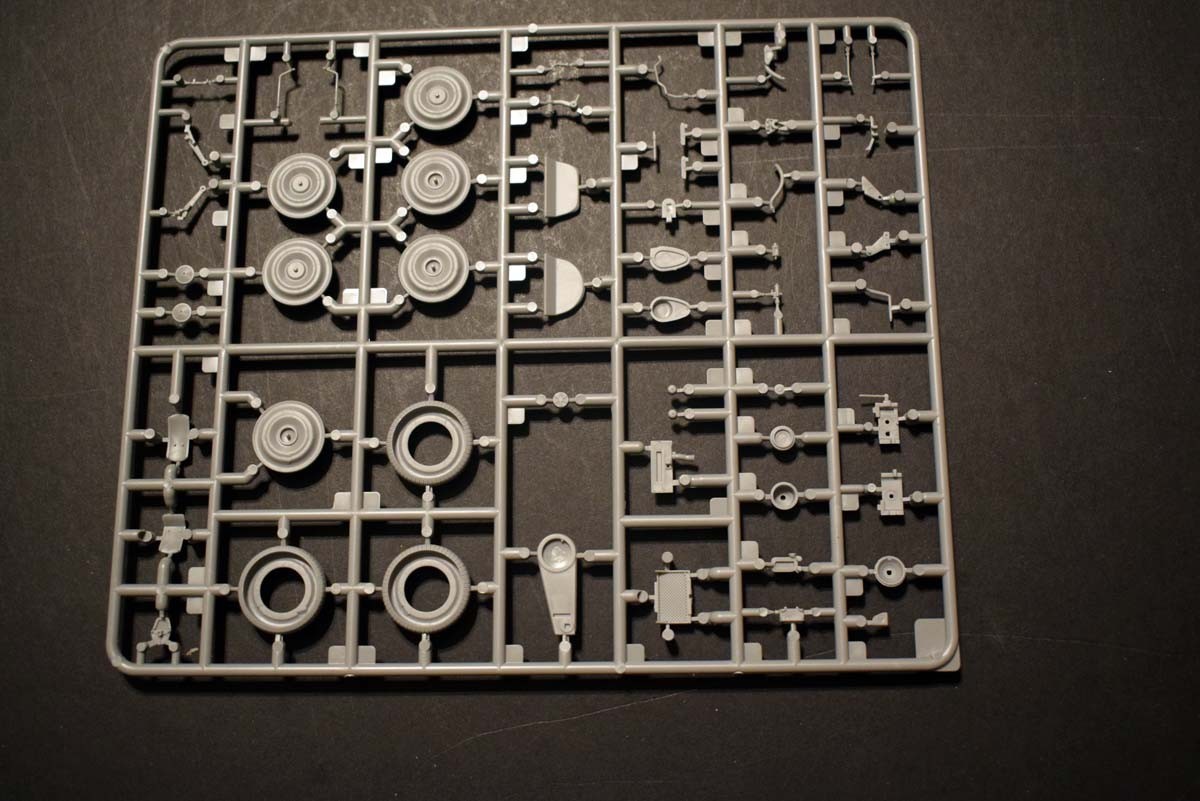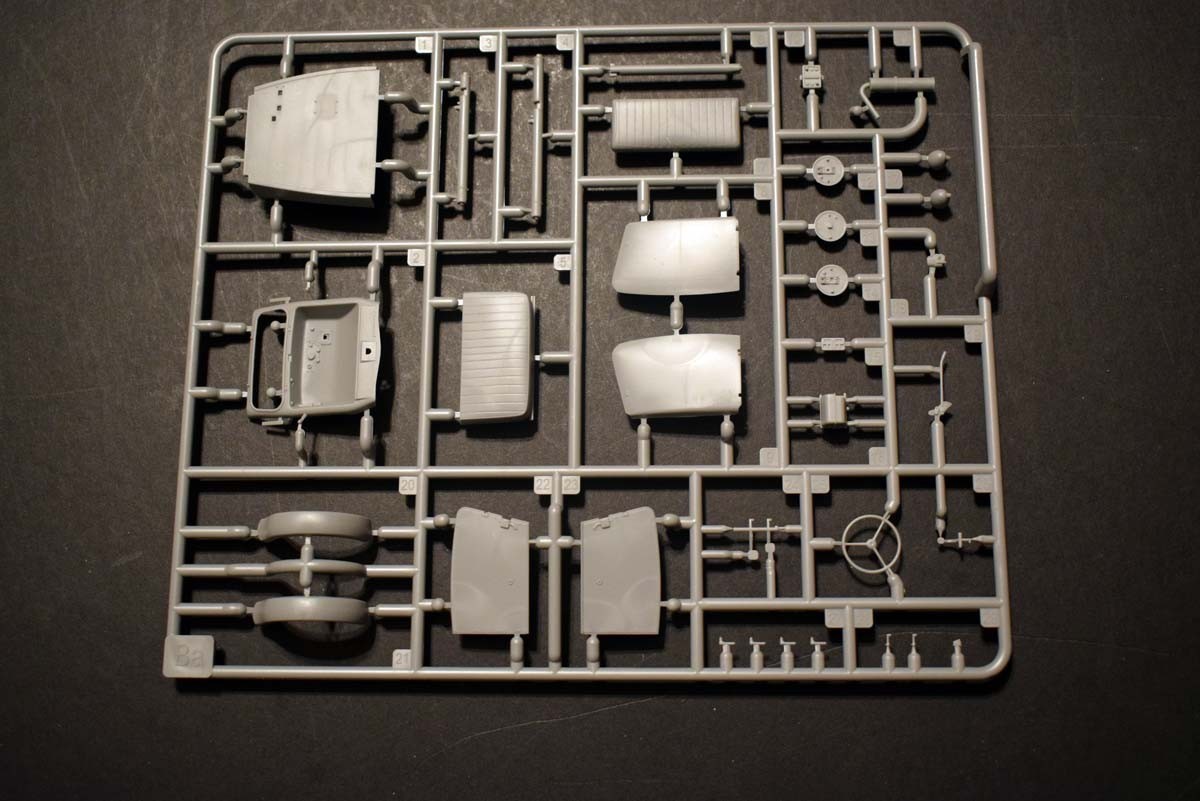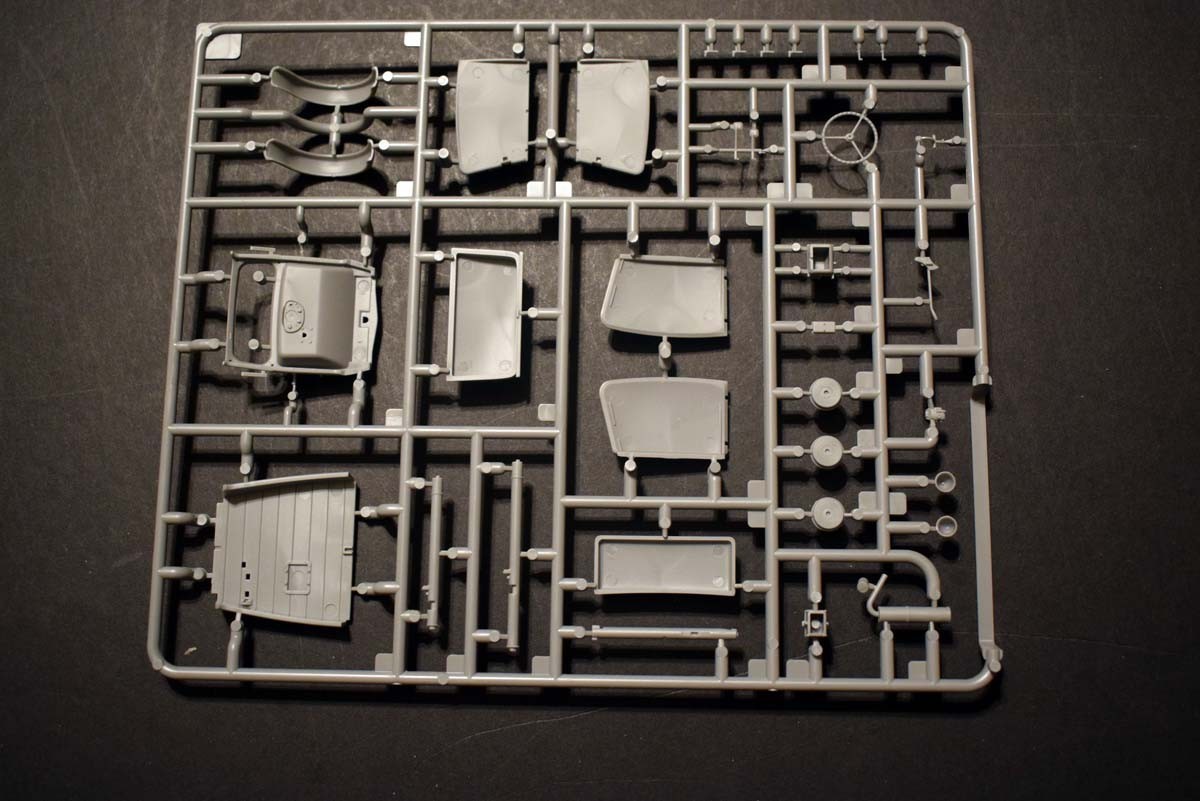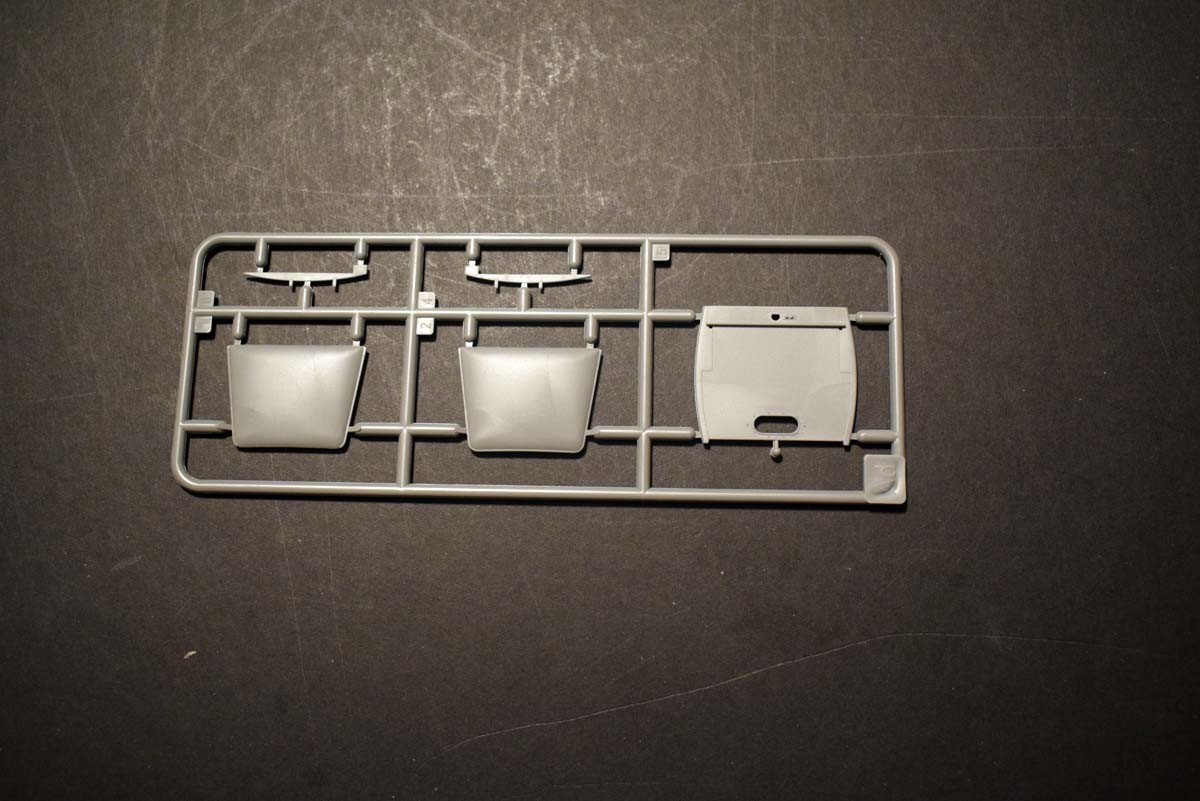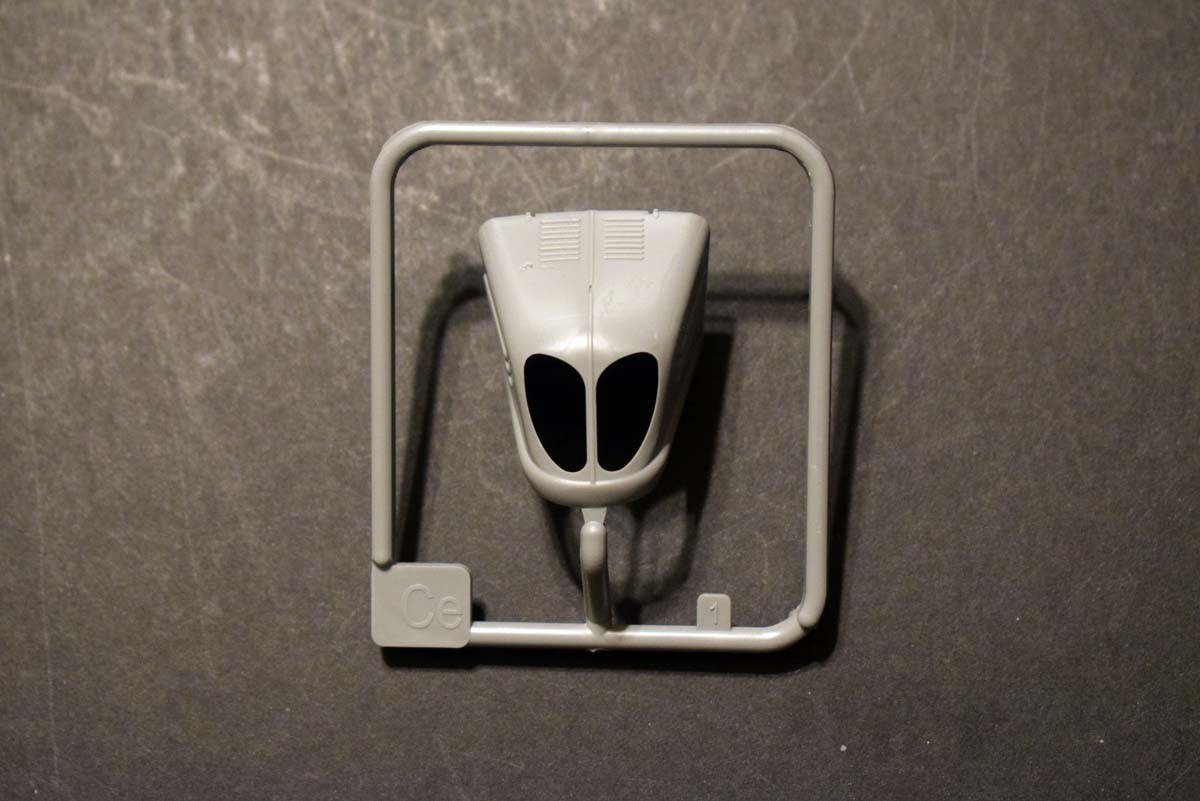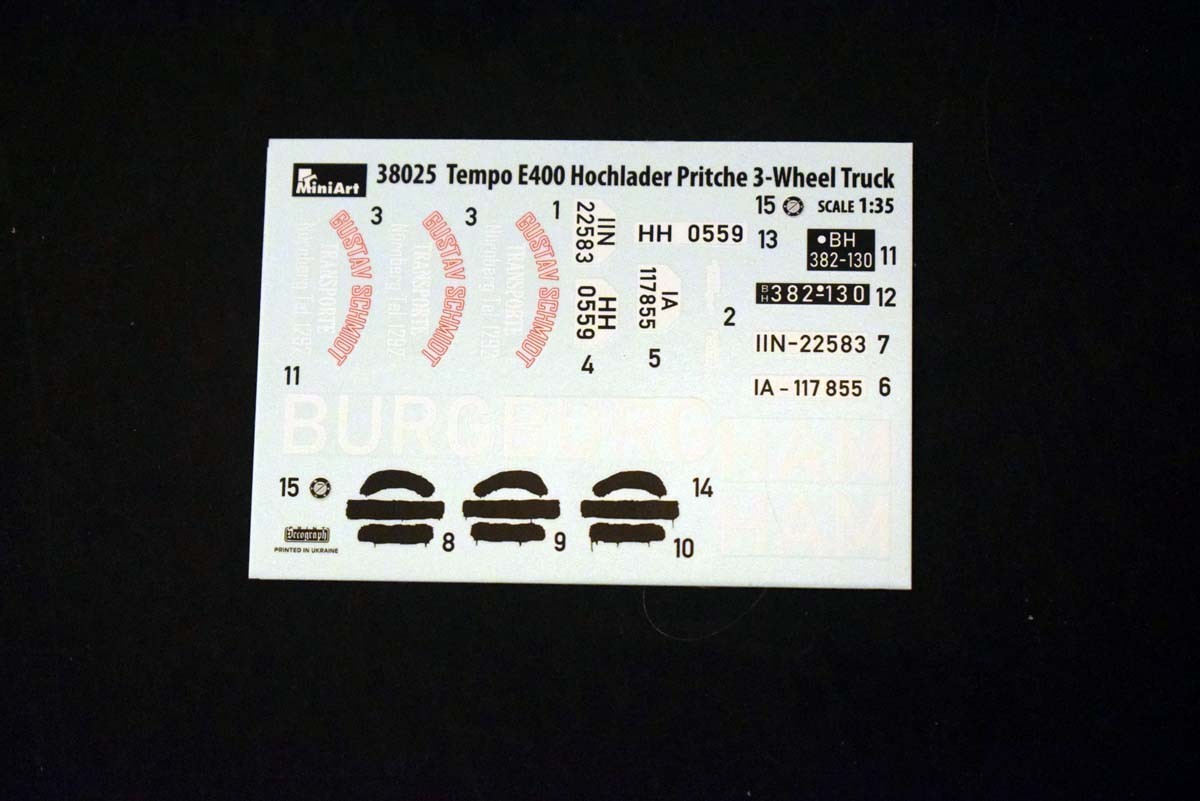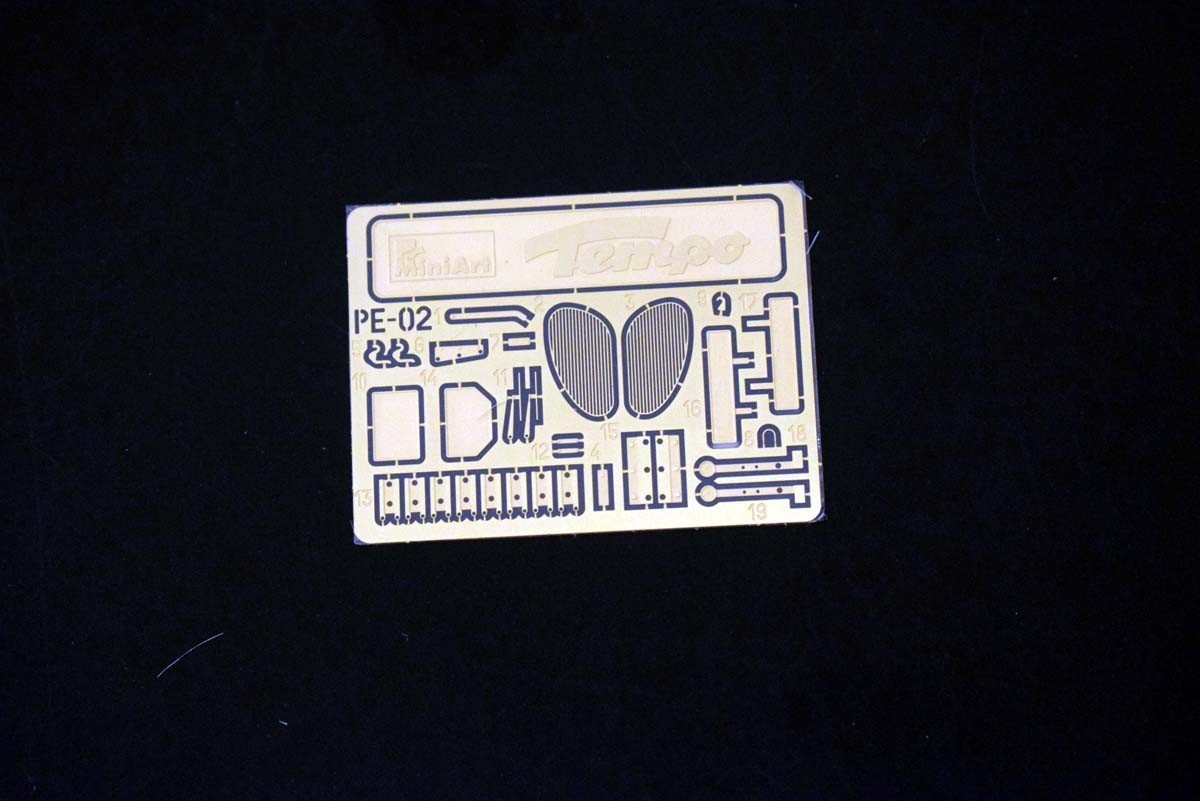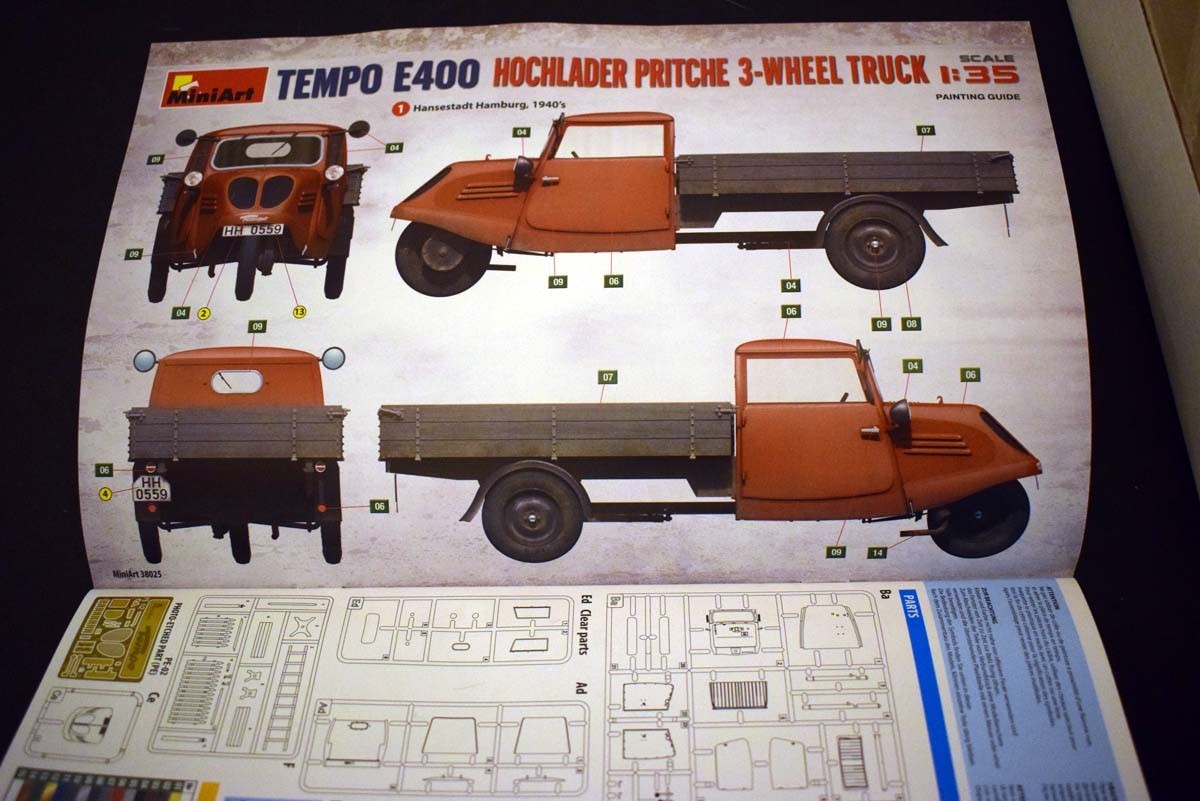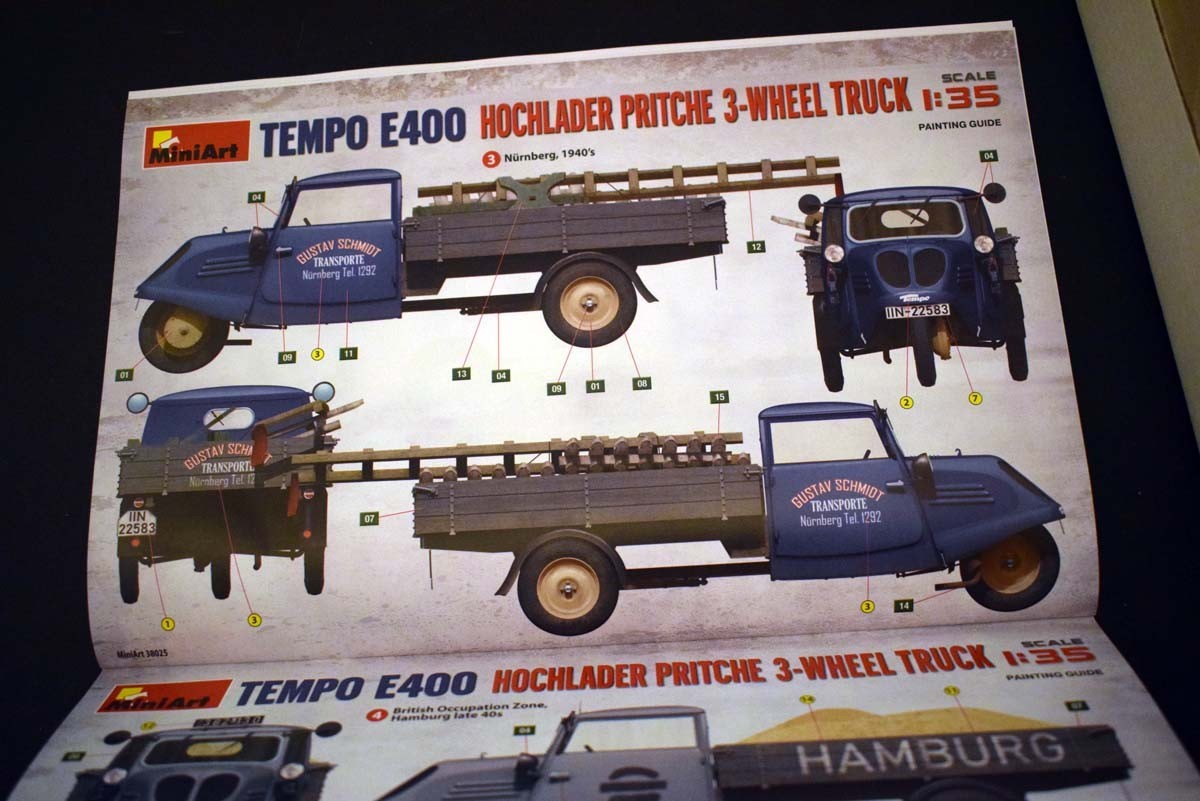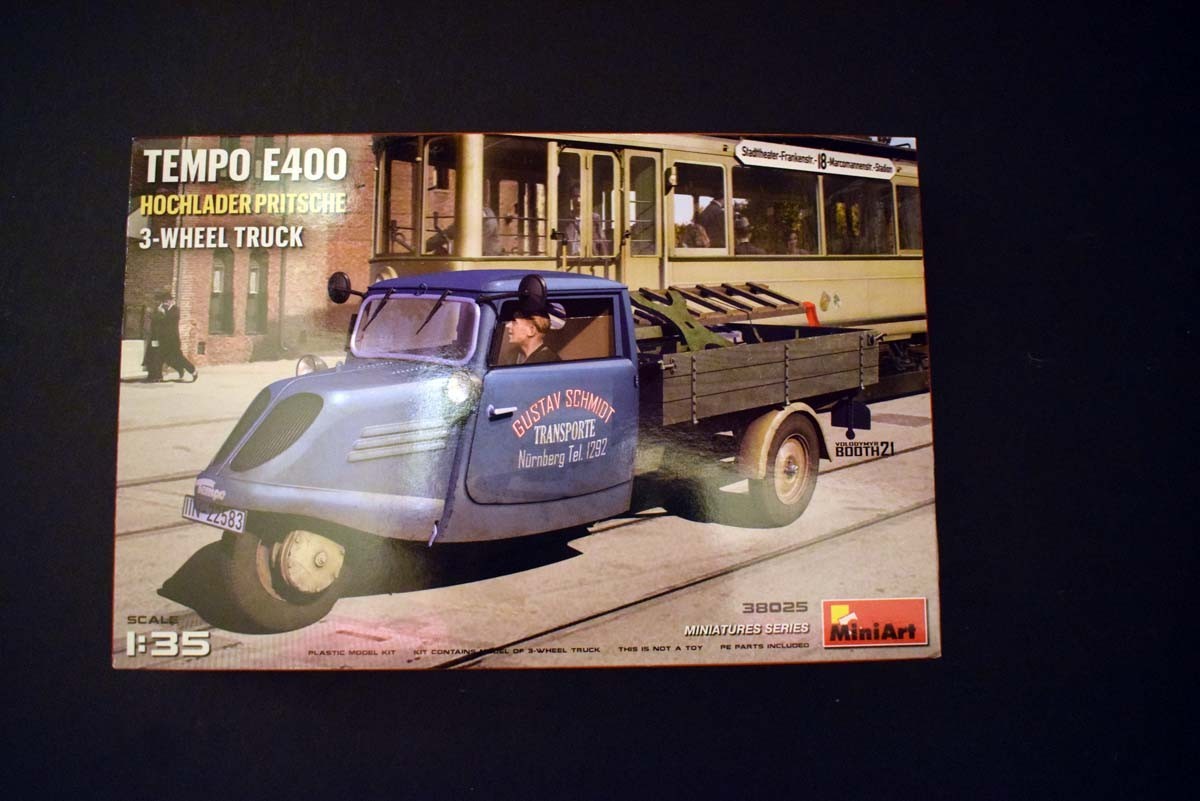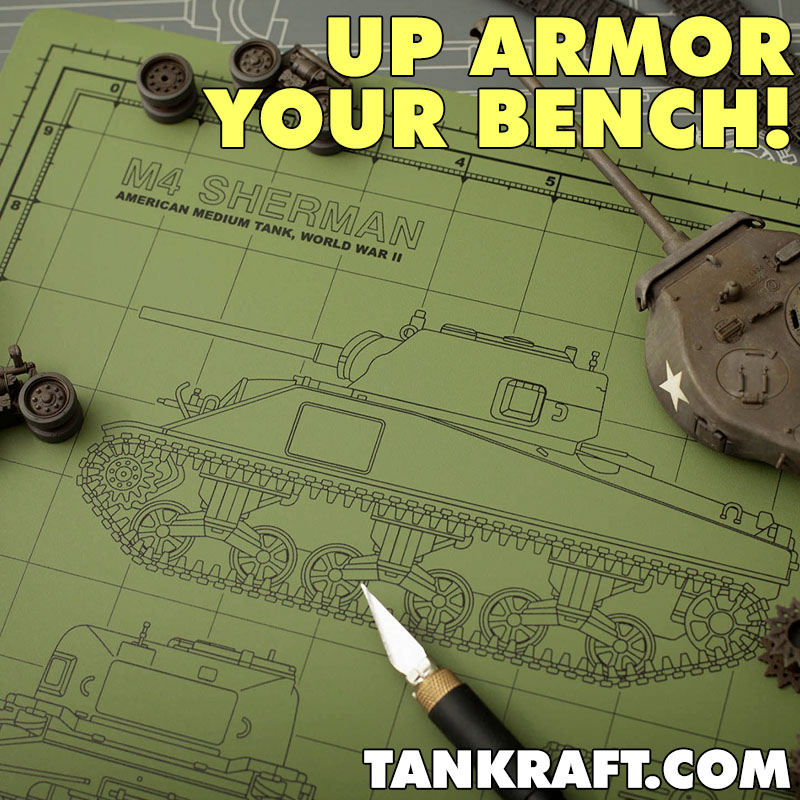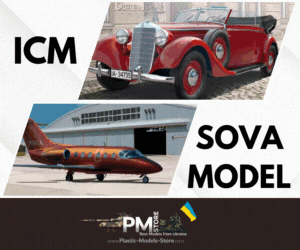
Introduction
During the years leading up to World War II, and during WWII companies in Germany were not permitted to produce vehicles for civilian use. The Tempo E400 was one of the few vehicles produced in Germany to serve as a lorry/delivery vehicle. One of the problems with three wheeler vehicles is that they are unstable when cornering. On this version is one such vehicle due to the engine being a chain driven front wheel, with the engine mounted low behind that wheel, as time progressed the mechanical elements were moved to behind the rear axle which helped to stabilise the truck.
Review
This offering from MiniArt is provided in a cardboard tray with a card lid. The model elements are packaged in a single plastic bag, which contain a further plastic bag holding the clear sprue and decal sheet. There is also a card envelope containing the photo etch. Access to the moulded parts is good, with my only area of concern being the removal of some exceptionally fine mouldings that could be easily damaged during removal. MiniArt has continued with one of my pet hates, is that the decal sheet is packed with the clear sprue which could result in damage to the decals.
This offering from MiniArt progresses in a slightly unusual manner, in that most of the body work is prepared and ready before getting to the engine. The engine itself is a rather simple affair, but has been well replicated by MiniArt in scale form. While I am by no means an expert on this vehicle, and finding reference on it is not easy. It does appear from on-line images that all of the mechanical elements are accurately replicated, and this includes what I believe to be electrical cabling and throttle cable. MiniArt does make it clear that adding these cables is for the experienced modeller, but I am disappointed in that I cannot find a plan for bending the cables to be used, and so unless you use a plastic cable substitute life will be difficult. The wheels and tyres do appear to be an accurate variant for a road vehicle.
I was unable to find any images showing the cab interior, and so I have to work on the belief that MiniArt got the details right. The cab interior offers the modeller, pleasing ribbed seat detail and ven provides such details as the battery that sits under the front seat. All three pedals are present, as it the hand brake. I was almost expecting to find a set of handle bars instead of a steering wheel, but steering wheel it is! The firewall between the cab and engine bay is especially well detailed on both faces, with even the small fuel tank provided. You are provided with information to reproduce the rod between the handbrake and the rear wheels assemblies. The chassis such as it is, is a multi part affair and you again provided with minimal details for producing the brake cables for addition to the model, and MiniArt has even provided photo etch clamps detail for securing the cables. The chassis despite being multi part has been moulded in such a way that I see no problems with assembly.
Moving to the exterior of the vehicle, the doors have been provided with separate door cards and door furniture, and also the option of being shown open or closed. The bonnet has some very nice photo etch vent details, and again can be shown in the open or closed position should you wish to display the detailed engine. The wiper blades have been provided in photo etch, and so have good detail when applied to the model. Looking at the clear elements, I see no issues.
The rear bed of the truck has good detail with no ejector pin marks that I can see. The plank detail for the various elements, are well defined but I cannot determine any wood grain. What I believe to be securing nails or bolts are also very well replicated in this release, and this will offer the modeller a lot of fun when painting. Included with the release are some wooden fence panels, a seat and a wooden ladder for use as a cargo for the vehicle. MiniArt has offered four finishing options which are as follows:
Hansestadt Hamburg, 1940’s
A vehicle used in Berlin during the 1940’s
A vehicle used in Nurnberg, 1940’s
British Occupation Zone, Hamburg late 1940’s
Conclusion
This release from MiniArt is especially well detailed, offering information on producing a model of particularly high standard which will please the modellers who seek out to replicate detail to z very high standard. I do have an issue with this release, in that MiniArt has failed to provide details on bending wires to replicate a lot of the detail shown, such as brake cables, fuel lines etc, and I feel this to be quite a big failing on their part and an issue I have not seen them make before.
